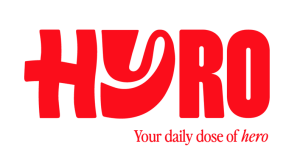Welcome to Mosman Junior Rugby Club
The signs and symptoms of concussion may occur immediately or may develop over minutes, hours or days. It is possible that people feel better soon after a head injury, but that does not mean they have not suffered a concussion. The changes in your brain may develop over some time and may persist for days and weeks, even after a relatively minor hit.
Some of the signs of concussion include (but are not limited to);
Rugby Australia takes concussion very seriously and if there is any doubt, Rugby Australia has instructed all participants to err on the side of caution. Therefore, the message for all players’ is:
You must now follow Rugby Australia Standard Care Pathway of concussion management.
Having been recognised as having a potential concussion, you should next make an appointment to see a medical doctor in the next 1-2 days. This may be a GP or a specialist Sports and Exercise Physician or another medical doctor. It may not be a physiotherapist, chiropractor, osteopath, trainer, or masseur.
This medical doctor will assess you and guide your progress over the next steps in the process. Whilst waiting to see the medical doctor, you should take things quietly and be in the care of a responsible adult at all times.
Note: The player must completely rest for a minimum of 24 hours after injury. The required time of rest varies from player to player, so a medical doctor will specify the minimum time of rest for each individual player.
It is advisable when making an appointment to see a medical doctor to note the following;
The signs and symptoms of concussion can sometimes be the same as more severe head injuries. If the following signs and symptoms occur, they may be a sign that there is something more serious happening. These are called RED FLAGS and if they occur you should immediately attend the nearest Accident and Emergency Centre, or ring 000 for an ambulance.
Rugby Australia Concussion Management Procedure provides information on the process and the obligations on all participants, it is important that you read this document and understand your obligations. For further information please refer to this.
NOTE: A player must provide a completed Rugby Australia Concussion Referral & Return form to their team manager for presentation / submission to the competition manager prior to returning to fullcontact training and / or match play.














Copyright © 1958-2020 MJRC | ABN 99 757 883 455